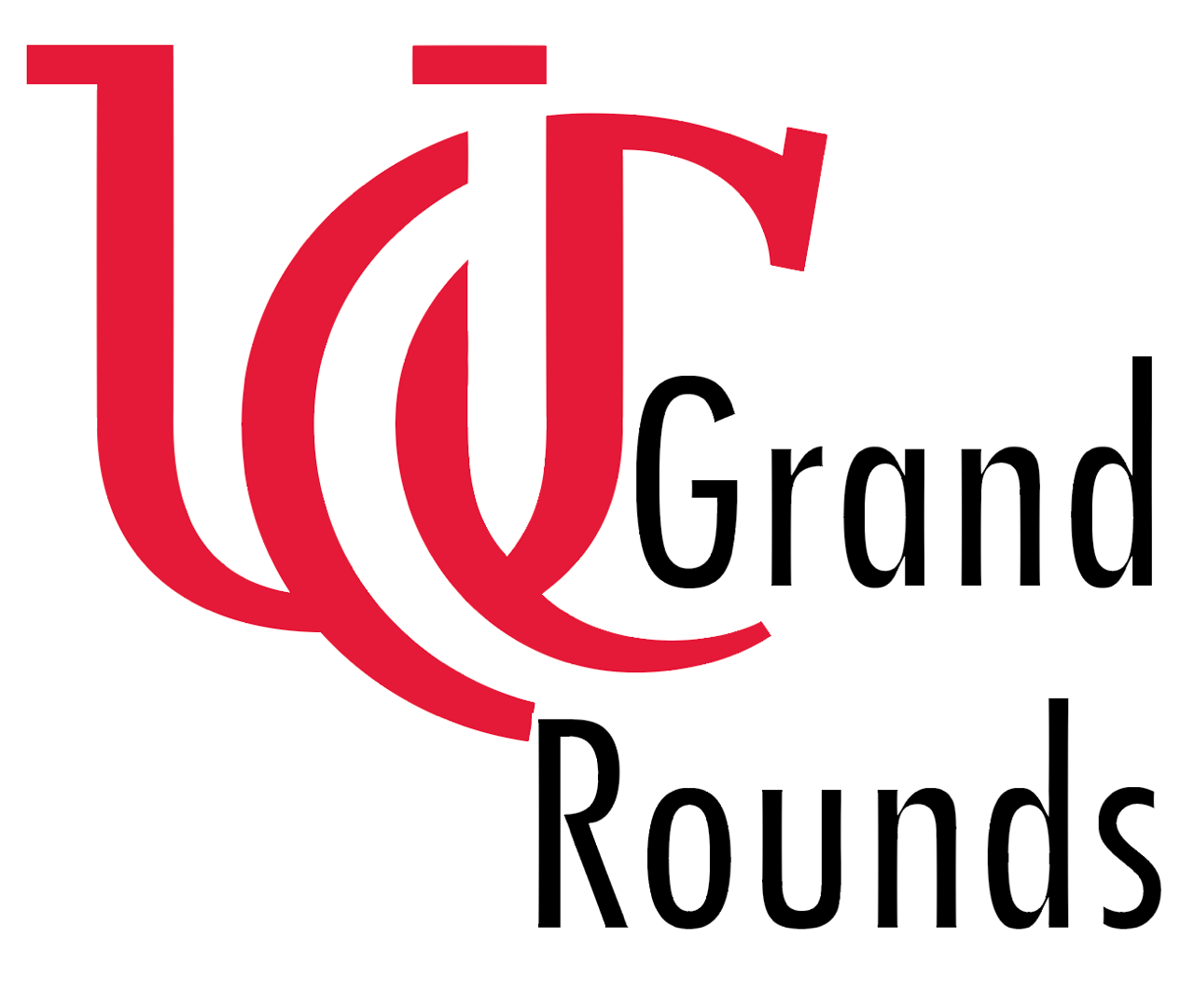Don't Kill the Beans: The Specter of Contrast-Induced Nephropathy
/Working in the Emergency Department, we often encounter patients with either pre-existing renal disease or an acute compromise of their renal function who also have a disease process necessitating a contrasted radiology study. So what do we do with that patient with a creatinine of 1.8 who has a possible vascular dissection/traumatic injury/infection? What is the risk of contrast to that patient? Should you compromise your diagnostic evaluation to avoid a harm to the patient's renal function? Dr. Nick Ludmer, Dr Michael Miller, and Dr. Amanda Polsinelli recap 3 articles recently published looking into contrast induced nephropathy. Take a listen to the podcast and read the blog post to get yourself acquainted with the current state of the literature.
Read More


















